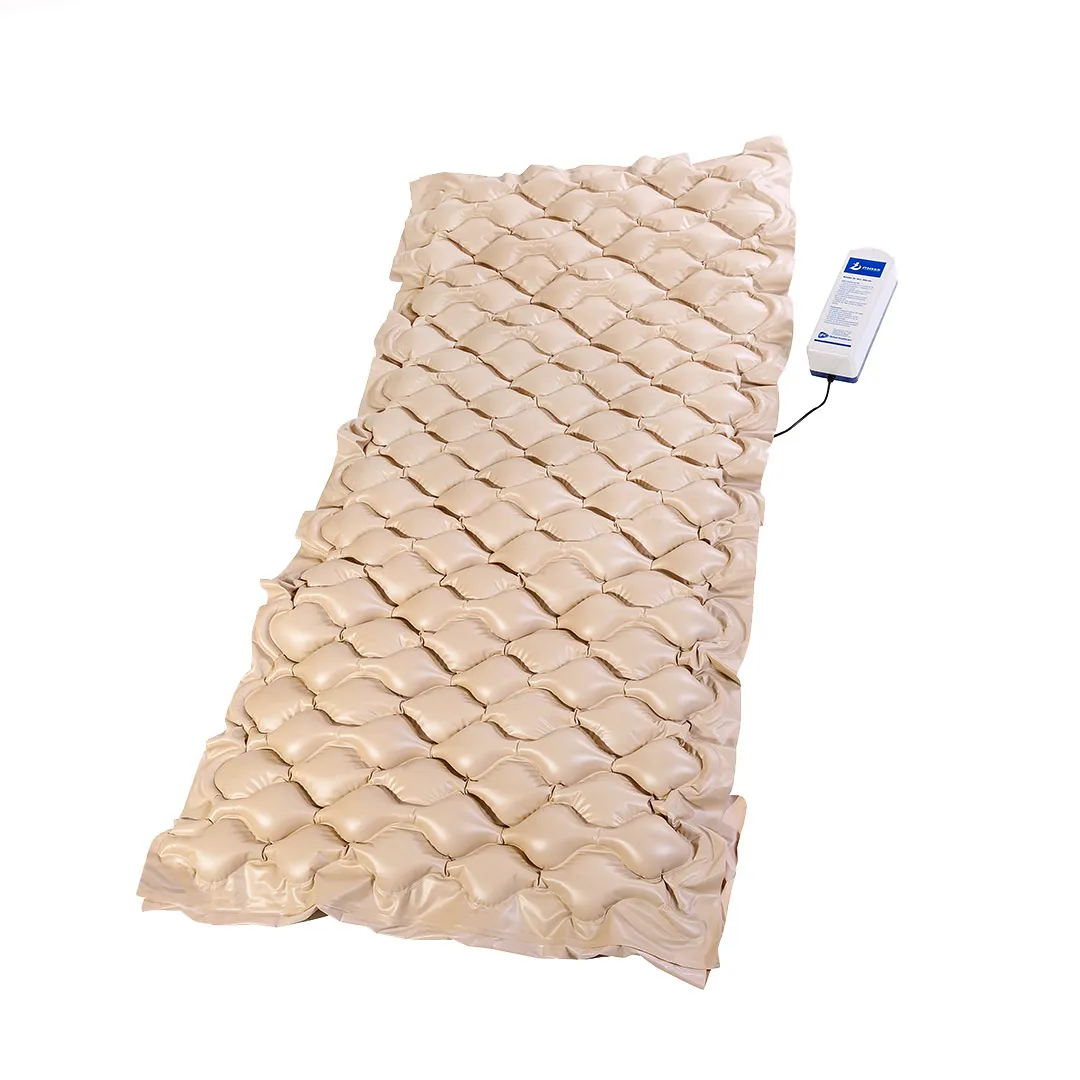
Understanding Anti-Decubitus Air Mattresses: A Vital Tool in Pressure Ulcer Prevention
Prolonged immobility due to illness, surgery, or disability can place patients at risk of developing pressure ulcers, commonly known as bedsores. These painful wounds result from sustained pressure on the skin and underlying tissue, typically over bony areas such as the hips, heels, and tailbone. Fortunately, one of the most effective solutions in modern healthcare for preventing and managing pressure ulcers is the anti-decubitus air mattress.
What Is an Anti-Decubitus Air Mattress?
An anti-decubitus air mattress is a specialized medical mattress designed to redistribute body weight and minimize pressure on vulnerable areas. It is primarily used for individuals who are bedridden or have limited mobility for extended periods. Unlike traditional mattresses, these air mattresses incorporate alternating pressure or low air loss technologies to provide continuous relief to pressure points.
Types of Anti-Decubitus Air Mattresses
There are several types of anti-decubitus air mattresses, each designed for different levels of risk and patient needs:
- Alternating Pressure Mattresses (APMs)
These mattresses use a pump to inflate and deflate air cells in a rotating pattern. This alternating pressure helps to simulate movement, which promotes blood flow and reduces pressure on any single area of the body. - Low Air Loss Mattresses
These provide a constant flow of air through the mattress surface, helping to keep the skin dry and cool. They are ideal for patients with existing stage 3 or 4 pressure ulcers or those with excess moisture risk. - Combination Mattresses
Some models combine alternating pressure and low air loss features, offering both pressure relief and moisture control. - Static Air Mattresses
These contain air-filled chambers that provide consistent support without mechanical pumps. They are often used for short-term or lower-risk patients.
Benefits of Anti-Decubitus Air Mattresses
- Prevents Pressure Ulcers: By constantly redistributing pressure, these mattresses reduce the risk of skin breakdown.
- Promotes Healing: For patients with existing ulcers, the mattress helps create an optimal healing environment.
- Improves Comfort: Patients often experience better sleep and reduced discomfort.
- Reduces Caregiver Burden: Less frequent repositioning of the patient is needed, saving time and reducing physical strain on caregivers.
Considerations When Choosing a Mattress
When selecting an anti-decubitus mattress, consider the following factors:
- Patient’s mobility level and weight
- Stage of existing pressure ulcers, if any
- Moisture control needs
- Noise level of the air pump
- Ease of cleaning and maintenance
- Budget and insurance coverage
Maintenance and Care
To maximize effectiveness and longevity, regular maintenance is essential:
- Check the pump and settings regularly to ensure proper function.
- Inspect air cells and tubing for leaks or punctures.
- Clean the mattress surface with appropriate disinfectants.
- Follow manufacturer guidelines for care and repair.
Final Thoughts
Anti-decubitus air mattresses play a crucial role in both preventing and managing pressure ulcers. For caregivers and healthcare providers, investing in the right mattress can significantly improve patient outcomes and quality of life. When used in conjunction with proper hygiene, nutrition, and repositioning practices, these mattresses serve as a cornerstone of effective pressure ulcer prevention.